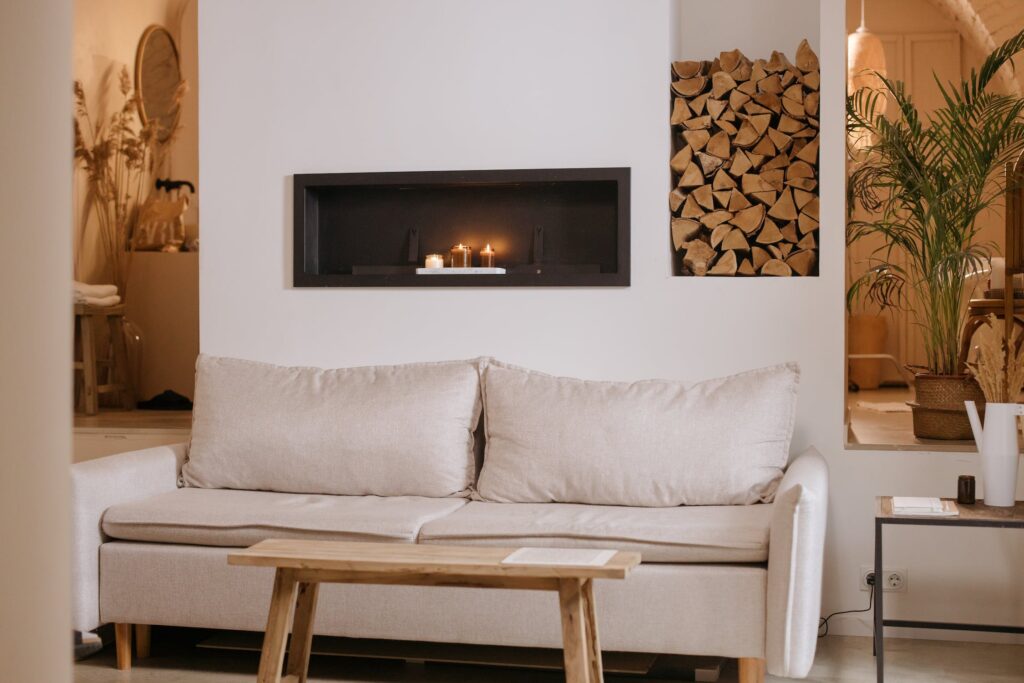
Embarking on a home redesign project is an exciting endeavor, but it can also be fraught with potential pitfalls. In this guide, we’ll delve into common home redesign blunders and provide expert tips on how to avoid them. Whether you’re a seasoned DIY enthusiast or working with an interior designer, these insights will help you navigate your redesign journey with confidence and success.
One of the most common mistakes in home redesign is jumping into the project without setting clear goals and budgets. Before you start knocking down walls or purchasing new furniture, take the time to define your objectives and establish a realistic budget. This will help you stay focused and avoid overspending or veering off track.
Aesthetic appeal is important, but functionality should never be overlooked in home redesign. Before making any design decisions, consider how you use each space in your home and prioritize functionality. Ensure that your redesign enhances the flow and usability of your home, rather than hindering it with impractical layouts or furniture arrangements.
Insufficient storage space is a common complaint in many homes, yet it’s often overlooked during the redesign process. Avoid this blunder by carefully planning for adequate storage solutions from the outset. Whether it’s built-in cabinets, shelving units, or multifunctional furniture pieces, integrating ample storage will help keep your home organized and clutter-free.
Lighting can make or break the ambiance of a space, yet it’s often an afterthought in home redesign. Don’t make the mistake of overlooking lighting considerations. Think about the natural light sources in each room, as well as artificial lighting options such as overhead fixtures, task lighting, and accent lighting. A well-lit space can enhance both the functionality and aesthetics of your home.
In the excitement of a redesign project, it’s easy to rush through the selection process and make hasty decisions. However, this can lead to regrettable choices that don’t align with your vision or suit your lifestyle. Take your time to research and explore different options for materials, finishes, and furnishings. Consult with an interior designer if needed to ensure that every choice contributes to the overall success of your redesign.
Your home should not only meet your current needs but also adapt to future changes in your lifestyle. Don’t forget to plan for future needs when redesigning your home. Consider factors such as aging in place, growing families, or potential resale value. Designing with foresight will help ensure that your home remains functional and relevant for years to come.
By avoiding common home redesign blunders and taking a thoughtful and strategic approach to your project, you can achieve the home of your dreams without any regrets. Remember to set clear goals and budgets, prioritize functionality, plan for adequate storage and lighting, take your time with selections, and consider future needs. With these expert tips in mind, you’ll be well-equipped to navigate your home redesign journey with confidence and success.

Claim Your Free Design
Consultation That will get your mind
in order and help you express your personal style